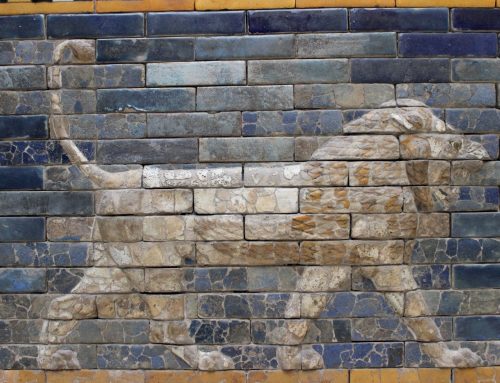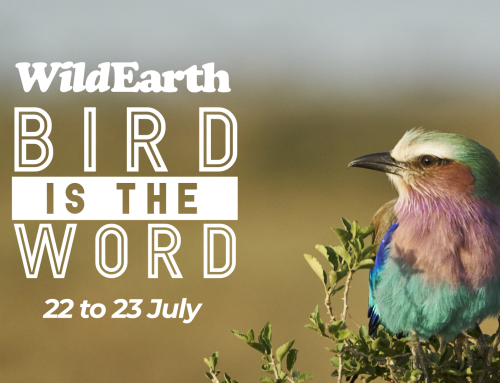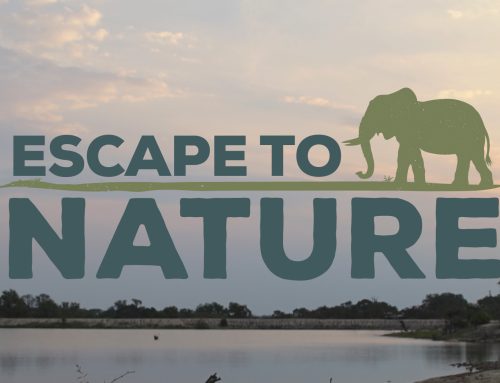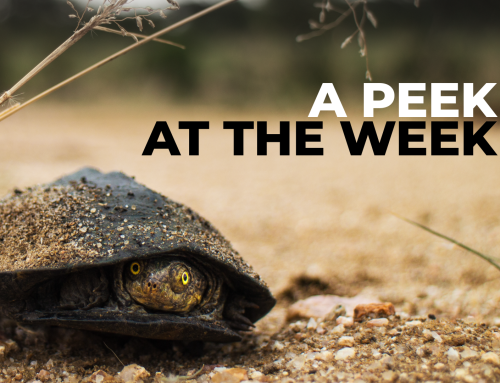One of the key objectives of the impending meerkat cam broadcast is that the LIVE Internet viewers will be able to watch the Gosa meerkat gang LIVE 24 hours per day.
Now that is far from a straightforward objective.
You see the meerkats spend about half their lives underground in their burrows. The Gosa gang has 4 burrows but it appears that the burrow at Gosa dam was abandoned shortly after the BIG rains in November. Also, the Gosa gang split into two groups in November at around the same time. They were 22 meerkats strong and then 10 left the group and disappeared! Nobody has any idea where they are, but they have probably just moved a few dunes to the west.
All meerkats disappear into their burrows just before sunset and only reappear when the first rays of dawn strike the burrow entrances. That means that for many hours per day they are underground, and frankly nobody knows much at all about what goes on down there …
Our mission is to take a global audience into the lives of one meerkat gang (the Gosa gang) 24 hours per day. To feel like we are a part of the lives of these amazingly cute animals. That means that WE are going to need to get a camera system down into the burrows and be there while they sleep and nurse their babies, maybe even watch the first LIVE wild meerkat birth!
WE first tried to look into the dens using what we called a hosecam. Pete built version one in Cape Town and flew up to Tswalu with it. This first version only provided a view into the first few feet of the burrow tunnels, but immediately WE knew that this was going to be far from easy. Pete then built a second version and this got us a bit further into the Camel Thorn burrow, but not much further. Here is a video from hosecam2 …
Because WE needed a much better sense of what is down there we decided to try something that has never been attempted before … to map the entire burrow system using Ground Penetrating Radar (GPR). After a lot of research and phoning around we got a hold of Barry Barnardt (www.terrascan.co.za) who agreed to fly into Tswalu and spend a day testing to what extent GPR could assist us in mapping the meerkat burrows.
It took two days of very hot and thirsty work to lay out 3 grids (30 meters by 6.5 meters) around the Gosa meerkat gang’s Camel Thorn burrow, which is their most southerly burrow. Then Barry began to make over 300 transects across the grids with his GPR equipment. All this data is stored and then stitched together into a three dimensional virtual model. Barry then interprets that data to identify where he estimates there are air cavities underground and sends that data to us for importing into a CAD program.
Early indications show that there is a maze of tunnels underground and that this is going to be quite a challenging project …
As far as WE can tell nobody has ever explored a wild meerkat burrow system and that means that not only are WE trying to figure out how to effectively install cameras underground so you can watch the comings and going LIVE, but we are all on the verge of learning new, previously unknown, things about these enigmatic little bundles of fur and we are going to make these discoveries together … LIVE.
I look forward to sharing much more information soon …
Written by Graham Wallington






Wow! This seems very practical. Study without interrupting!
Wonderful and fascinating project. Can't wait for more news. Thank you.